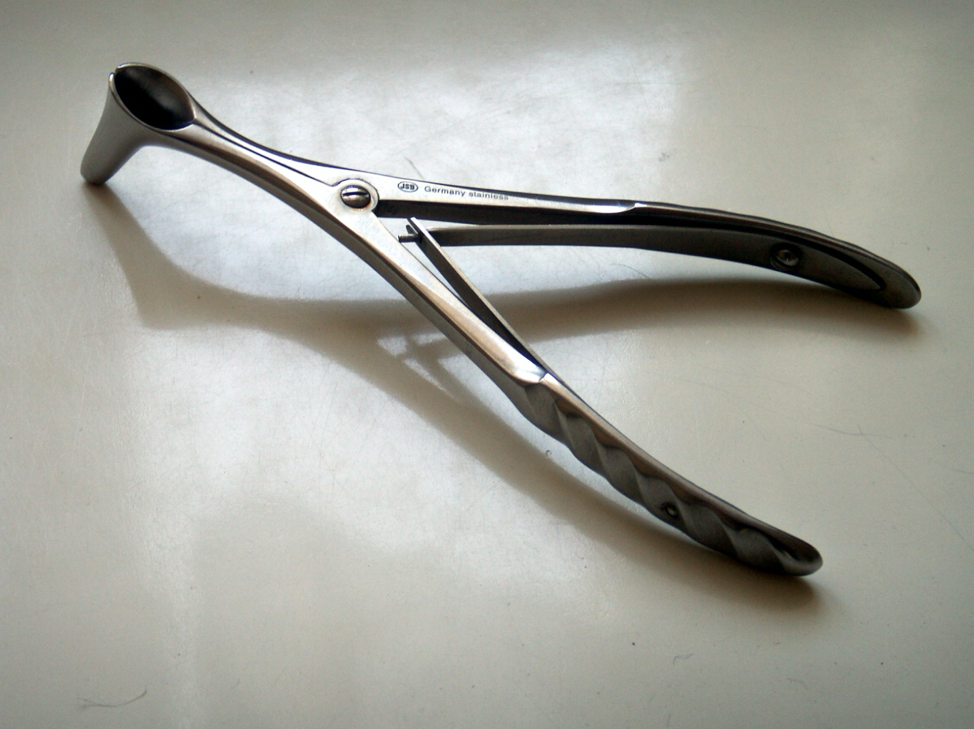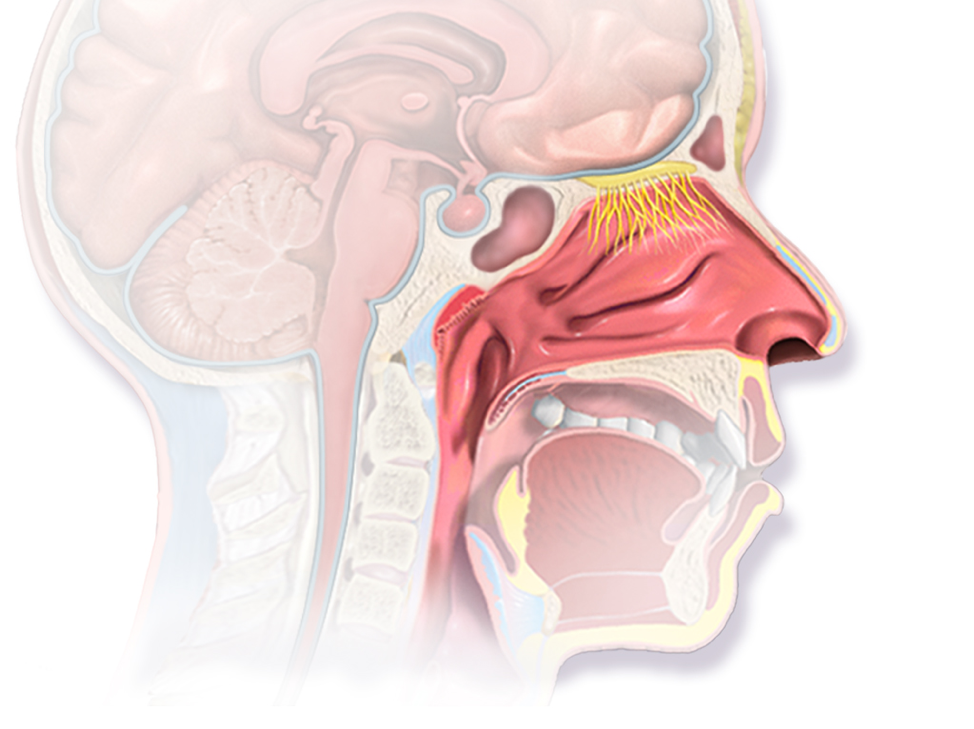Call Today to Schedule an Appointment: 212-319-5282
Rhinoscopy
Rhinoscopy or nasal endoscopy is the procedure of examining the nasal cavity. Rhinoscope or nasoscope is the instrument used to examine in this procedure. It is a tube-like tool, and it includes a light and lens to view the inside of the nose. It also contains a tool to remove the tissue from inside of the nose.
This procedure helps determine abnormalities in the nose. The two types of rhinoscopy are anterior and posterior rhinoscopy. Anterior rhinoscopy only gives exposure to the anterior nose. Posterior rhinoscopy allows examining the whole nasal cavity. It is commonly performed by the Otoryngolgoists to examine the sinusitis, anosmia, epistaxis, or other symptoms of rhinitis. It also helps to determine head and neck cancer.
Types of Rhinoscopy
Anterior and posterior are two types of rhinoscopy. This procedure reveals different sinus, nasal, and structural diseases in the space between the nose and throat.
· Anterior Rhinoscopy
It is an examination of the nasal cavity. This procedure helps doctors notice swelling of the turbinate, nasal secretions, properties of the mucosal surface or presence of foreign bodies. They also examine the position of the nasal septum.
· Posterior Rhinoscopy
In this procedure, doctors examine the back of your nasal cavity through a rhinoscope by putting it in your mouth. They examine the nasal cavity above the soft palate. They also use it to inspect the oropharynx below the soft palate.
Purpose of Rhinoscopy
Rhinoscopy helps doctors treat diseases in your nose like sinusitis. The main purposes of rhinoscopy are.
- To examine the sinuses, septum, nasal passage, vocal cords.
- To visually inspect the nose structure from inside for abnormalities like nasal polyps, blockage, structural defects, or laryngeal injury.
- To diagnose sinus infection and to treat the current infection
- To remove polyps from the throat and nose
- To drain the antibiotics and sinuses
- To determine the cause of discharge from the nose like nosebleeds or sneezing, snoring, or noise while breathing.
- To determine the cause of inflammation in the nasal mucous membrane.
- To take a sample from the nose for a laboratory test.
Procedure of Rhinoscopy
A special medical instrument called nasal speculum also helps to perform the procedure. Otorhinolaryngologists are ear, nose, and throat specialist. They examine each nostril to diagnose your problem. They examine the nasal cavity through the nostrils.

The doctors keep one hand on your head and have a speculum on the other hand if they are performing a rhinoscopy from the front. In front and back rhinoscopy, doctors use short-term anesthesia as an endoscopic procedure. Rhinoscopy instruments can also have a camera and a light source to examine the mucous membrane. It also examines the changes in the nasal mucosa and nasopharyngeal space to check the presence of a foreign body.
This procedure also includes taking samples like tissue and nose secretions for different analyses. Otorhinolaryngologists can use a rhinoscope to remove foreign particles trapped in the nose. During this procedure, they may use certain drugs in the nose to treat bacterial or fungal infections.
After Rhinoscopy
- While inspecting, doctors will notice abnormalities like blood, growth, or inflammation. After the examination, they will diagnose your problem.
- During the procedure, any tissue samples taken will be sent to a laboratory.
- After a proper diagnosis, the doctor will suggest a treatment plan.
- If more inspection is needed, your doctor may recommend an MRI or a CT scan.
Conclusion
Doctors treat interior disorders of the nose, ear, and throat with rhinoscopy. For the procedure, they use an instrument called a rhinoscope. Using this method, doctors treat sinuses, polyps, and blockages in the nasal cavity etc.
If you are searching for a doctor to inspect and diagnose your ear, throat, and especially nose problems, we have experts to help you. They have years of experience and can treat or diagnose your medical issue.
If you want to book an appointment, visit the best NYC Allergist’s at drsneeze.com or call us at 212-319-5282
Serving all of New York City and the Tri State Area including Zip Codes: Top Allergist NYC Midtown, Chelsea and Clinton: 10001, 10011, 10018, 10019, 10020, 10036 | Gramercy Park and Murray Hill: 10010, 10016, 10017, 10022 | Greenwich Village and Soho: 10012, 10013, 10014 | Lower Manhattan: 10004, 10005, 10006, 10007, 10038, 10280 | Lower East Side: 10002, 10003, 10009 | Upper East Side: 10021, 10028, 10044, 10128 | Upper West Side: 10023, 10024, 10025

